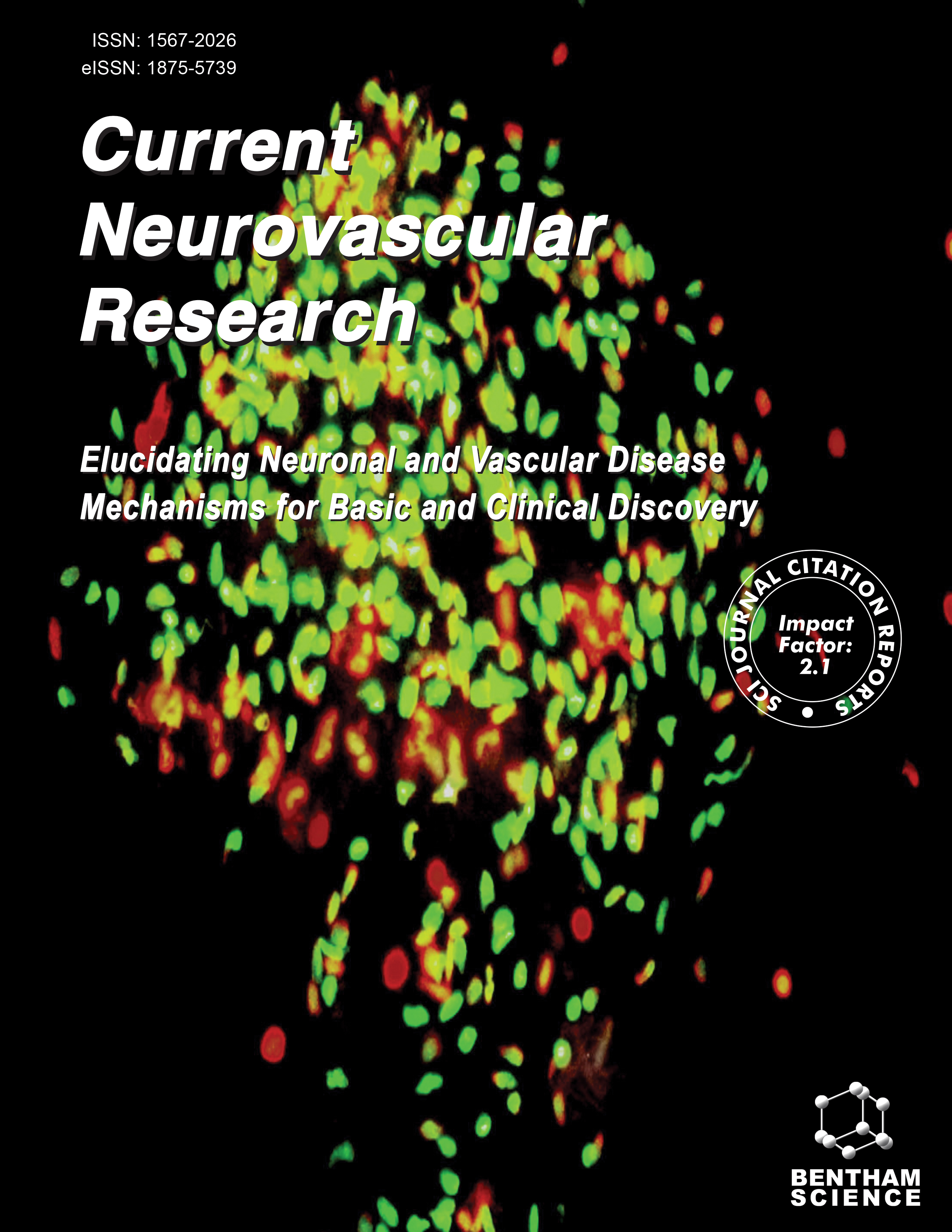-
oa Venous Collateral Circulation of the Extracranial Cerebrospinal Outflow Routes
- Source: Current Neurovascular Research, Volume 6, Issue 3, Aug 2009, p. 204 - 212
-
- 01 Aug 2009
- Previous Article
- Table of Contents
- Next Article
Abstract
A new nosologic vascular pattern that is defined by chronic cerebrospinal venous insufficiency (CCSVI) has been strongly associated with multiple sclerosis. The picture is characterized by significant obstacles of the main extracranial cerebrospinal veins, the jugular and the azygous system, and by the opening of substitute circles. The significance of collateral circle is still neglected. To the contrary, substitute circles are alternative pathways or vicarious venous shunts, which permit the drainage and prevent intracranial hypertension. In accordance with the pattern of obstruction, even the intracranial and the intrarachidian veins can also become substitute circles, they permit redirection of the deviated flow, piping the blood towards available venous segments outside the central nervous system. We review the complex gross and radiological anatomy of collateral circulation found activated by the means of EchoColor-Doppler and selective venography in the event of CCSVI, focusing particularly on the suboccipital cavernous sinus (SCS), the condylar venous system, the pterygoid plexus, the thyroid veins, and the emiazygous-lumbar venous anastomosis with the left renal vein.


